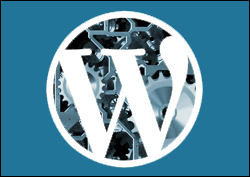
Welcome to Part Three of our WordPress Website Traffic Blueprint article series, where we show you how to create an automated web traffic machine using WordPress.
In Part One of this series, we provided an overview of the process, and explained why using an expertly configured WordPress website or blog is the key to generating automated traffic …
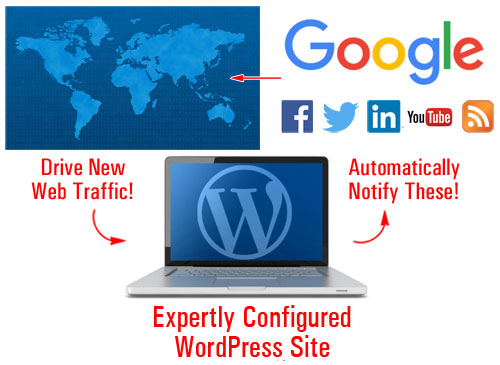
(With an expertly configured WordPress website, all you have to do to start attracting web traffic is add fresh content consistently!)
In Part Two, we focused on the setup phase of the automation process. We helped you understand the best way to get started if you don’t have a website yet, how to set things up if you already have a site, and what to do if your existing site has been built using WordPress.
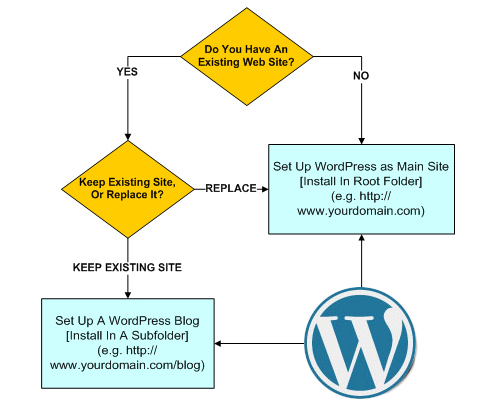
(In Part 2 we show you how to set up WordPress on your domain)
In this section, we look at the configuration stage of the WordPress traffic automation system. We will help you understand why an expertly configured site is different. You will also discover how much work is required to make sure that when all is set up and fully configured, new traffic will automatically start flowing just by publishing web content on your site.
WordPress Traffic Automation System – Configuration Phase
The ability to attract more visitors to one’s website is often cited by website owners as one of the greatest challenges they face online. Also, the business landscape is becoming increasingly more competitive and businesses are looking for any and every advantage they believe will help them get better results online.
The ability to automatically generate traffic on demand can be a tremendous advantage over the competition. Having an expertly configured website gives you a flying start as soon as your website is launched.
The Difference Is In The Configuration
There is a significant difference between an expertly configured WordPress site and a website that has been professionally set up by an expert website builder but not necessarily configured to its fullest advantage.
Here’s a simple way to describe the key difference:
With a WordPress site that has been expertly configured you get a web presence with online business marketing automation!
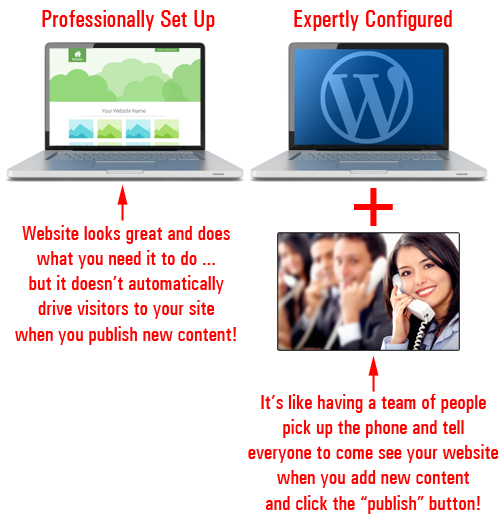
(An expertly configured site gives you a professional web presence and a built-in automated online business marketing tool!)
Not only does a whole lot more work go into building and integrating an automated online business marketing system into your website, but also a special type of expert knowledge.
Let’s illustrate this with a joke.
A True Story (Kind Of) …
Things were moving along in the gizmo assembly factory when production suddenly stopped.
As no one could figure out what happened, the plant manager decided to call in an expert.
The expert arrived shortly afterwards and, without uttering a word, walked immediately towards the main control box. After staring at the board for less than 2 minutes, the expert then took out a teensy-weensy little hammer from his pocket and made a single tap about 2 inches from the top-left edge of the box.
Immediately, everything returned once again to normal.
The manager was greatly relieved as he thanked the expert, who left as quickly as he had arrived.
A couple of days later, the factory manager received a request of payment for services for the sum of $5,000.
The manager picked up the phone and dialed the expert, demanding to know why they were charged so much for so little time delivering such a minimal amount of work. He promptly requested an itemized invoice before hanging up.
The next day, an invoice notice arrived in the manager’s intray. Upon opening it, this is what he saw:
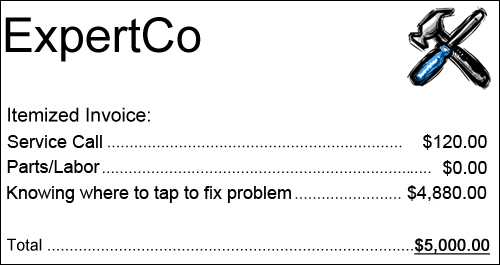
The main challenge most businesses face online is being able to drive traffic to their sites.
In the story we’ve just described, how much money did the plant stand to lose when production ground to a halt and no one on the factory floor was able to fix it? Did the expert not have the right to get paid fairly for spending years acquiring the knowledge, skills and expertise that allowed him to immediately assess and avert a potentially costly crisis?
Similarly, if you could have your website configured so all you have to do is publish content to it and Google, Facebook, Twitter, LinkedIn, Pinterest and dozens of other online properties would be immediately notified, how much time and money would this save you?
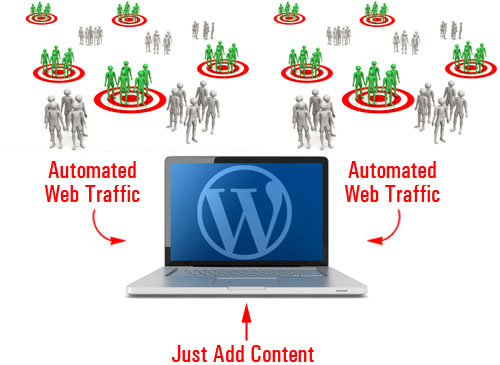
(How much time and money would you save if you could automate the process of driving traffic to your site?)
Although the solution to many challenges is often quite easy once it’s been implemented, it rarely is that simple or easy when you try to work things out.
Knowing how to expertly configure a WordPress site involves more than adding some pages with content and configuring basic settings. It also requires knowing where to tap! This includes knowing things such as:
- Which plugins you need to install for certain things to occur on your site.
- Which third-party accounts you need to set up and activate to get certain results
- Which settings you need to configure to ensure that everything works as envisioned, etc.
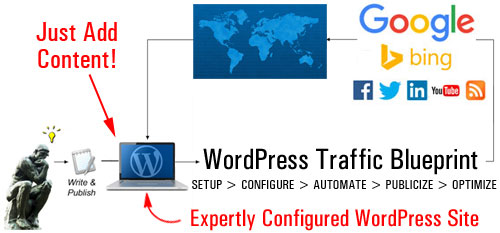
(Generating new traffic automatically with WordPress is a process that requires expertise)
This stage of the traffic automation system is not so technically difficult, but it’s quite involved and complicated. The reason why is because it’s not as easy as installing and configuring a plugin, configuring some options and settings in your dashboard area … it’s all this and much more.
The configuration stage is a process that involves your server, your web site, and a number of third-party sites …
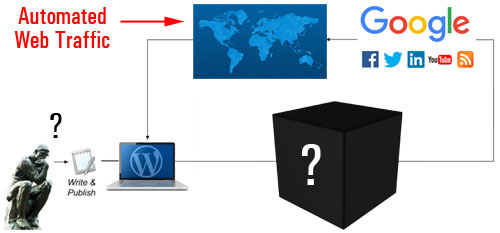
(The configuration phase involves more than just configuring a few WordPress settings)
If we try to flowchart the steps involved in the configuration process, it would look like this …
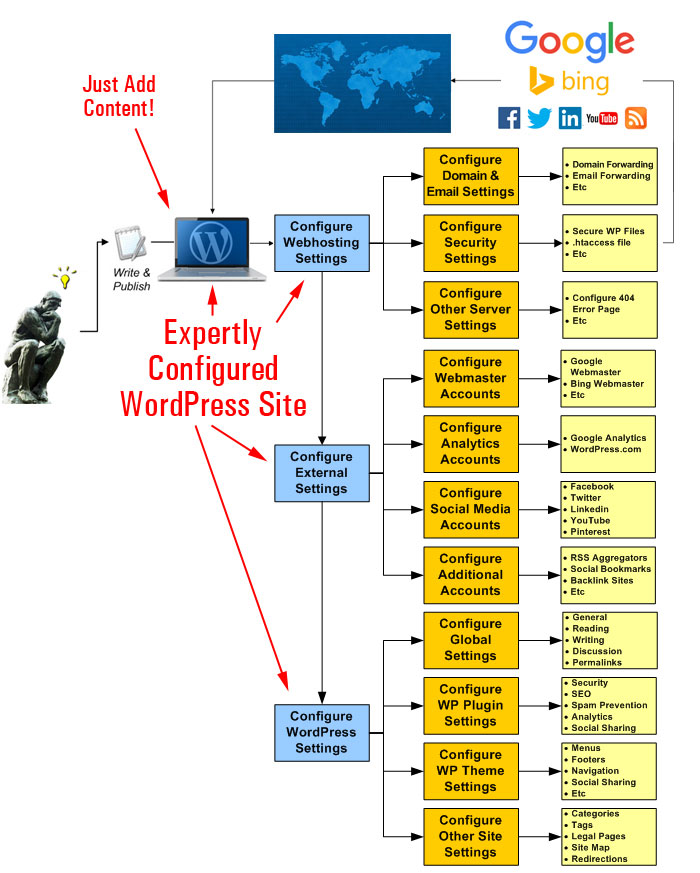
(A simplified flowchart showing the configuration phase)
Let’s take a look at these areas in more detail.
Your Web Server – Configuration
We’re not talking here about the process of configuring your hosting account for website installation purposes (this is normally done during the Setup phase). What we are talking about, is fine-tuning settings in your web hosting account that affect how your website will handle web traffic …
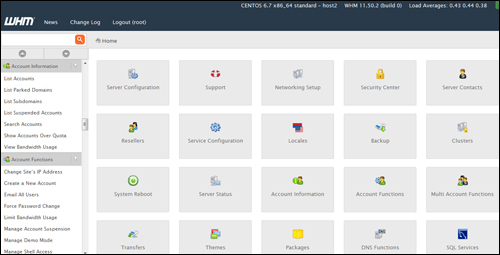
(In the configuration stage, your web server settings need to be fine-tuned for handling both good and bad traffic)
Not all traffic is positive traffic. Some of the web traffic your website can attract will be unwanted traffic like spam, malicious threats, bot-hacking attempts, etc.
This part of the configuration process, therefore, requires planning for both good and bad traffic and then adjusting settings in your server accordingly. This can include looking at things like configuring server-level spam protection and preventing security threats, to configuring your domain and email redirections, etc …
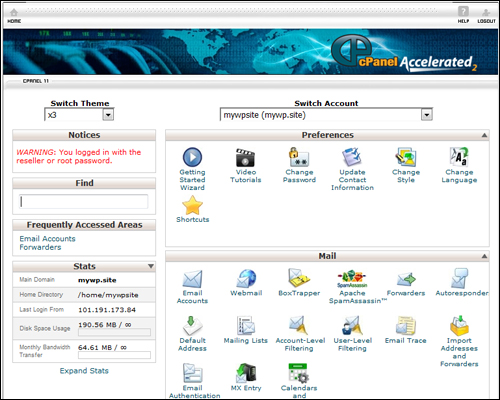
(Have you configured your hosting control panel settings for handling things like email forwarding, page errors, etc?)
After fine-tuning your server settings and configuring these, the next step is to set up and configure a number of external sites and services.
External Sites And Accounts – Configuration
The idea behind choosing external sites is that all content is posted to one central location (your WordPress site) and from there, it radiates outwards automatically to other parts of your traffic generation system, or notify traffic-related web properties and applications.
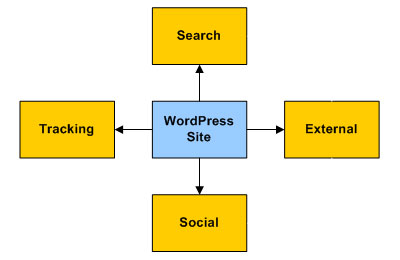
Once you add these external services to your network, content linked back to your site will be automatically added to these platforms, indexed by search engines and shared to other social sites, even to users of the platform itself. Your content and business will be given added exposure to new sources of traffic and new audiences.
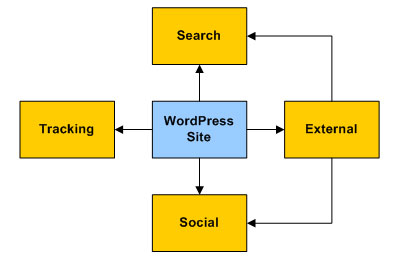
Some sites and online solutions will need to be set up before configuring your WordPress site to help speed up the process and some will need to be done later, during the automation phase.
For example, you will want to set up the following accounts:
Google Search Console
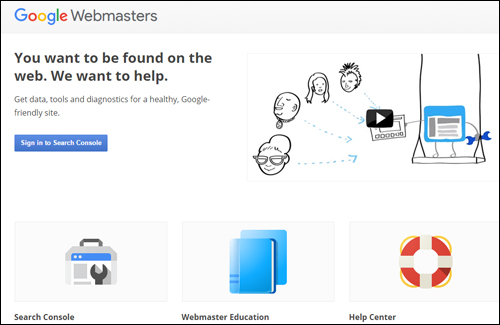
(Google Webmasters)
Google Webmaster Tools lets you notify Google about your site’s pages, submit XML sitemaps for automatic page indexing, and provides you with important data, tools and reports about your website.
After setting up your account and entering site data with Google, this information can be used to integrate and automate traffic-related settings in WordPress (e.g. using plugins like Yoast SEO) and other applications.
Google Analytics
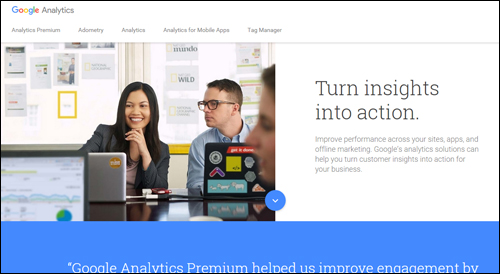
(Google Analytics)
Google Analytics lets you improve your site’s traffic results, SEO, user engagement, marketing activities, sales conversions, and more, by tracking all user behavior, pages visited, keywords searched for, search engine referrers, etc.
Once your Google Analytics account and site details are set up, you can add visitor tracking information to all of your pages in WordPress using plugins and feed data instantly to many other applications and reporting tools.
Bing Data And Tools
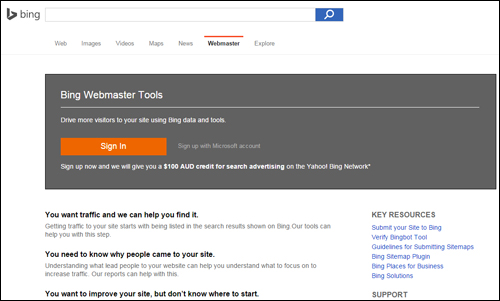
(Drive more traffic with Bing Webmaster Tools)
Bing Webmaster Tools is similar to Google Webmasters. Once your account and site data with Bing are set up, you can use your information with web traffic-related settings and notifications in WordPress and other applications.
WordPress.com
(WordPress.com)
As explained in Part 2, WordPress offers users the option of a hosted vs self-hosted website. We recommended choosing the self-hosted WordPress platform if you are planning to grow a professional online presence.
WordPress.com (the hosted option), however, provides a number of useful tools, which a number of WordPress plugins can access. We recommend setting up an account with WordPress.com, therefore, and we’ll explain how to integrate these features into your automated web traffic system in the next installment of this series.
Social Media And Social Bookmarking

(Syndicate your content automatically to your social media and social bookmarking accounts and bring new visitors to your site)
You will need your social accounts set up in order to configure these as part of your traffic generation system.
After setting up and configuring everything, you will be able to syndicate your content automatically to your social media and social bookmarking accounts and bring new visitors to your site.
You should have profiles with all of the big social networks – Facebook, Twitter, YouTube, LinkedIn, Pinterest, etc.

There are loads of social sites you can set up. You don’t need to create accounts with all of them, just select those that will work with your setup and/or content syndication tools.
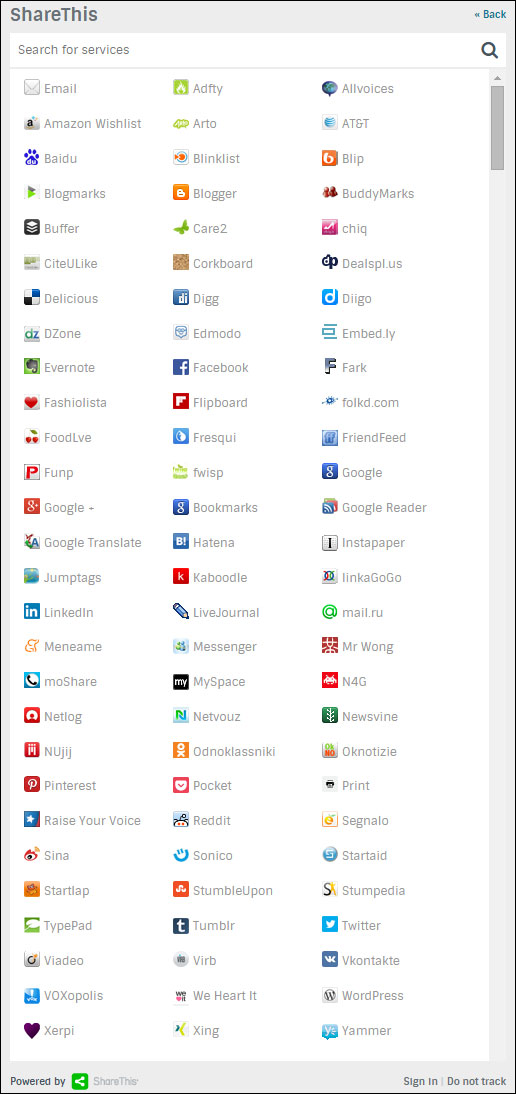
(There are lots of social sites you can post your content to. Image source ShareThis.com)
Additional Sites, Aggregators, Etc.
There are many emerging platforms and content aggregators that can act as secondary-level sources of traffic. Some are free or provide free levels, and some are paid services.
For example, here is a content aggregator that allows you to add a feed from your website …
RebelMouse
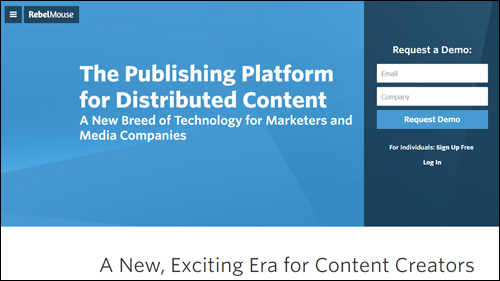
(RebelMouse)
RebelMouse is a news aggregator for your social profiles and RSS feeds. Your content is displayed in a Pinterest-like format and visitors can follow your social feed.
![]()
There are many different platforms that can be incorporated into your own web traffic system. Please contact us if you need assistance exploring some of these further, or to discuss a configuration strategy to suit your needs.
After you have configured your web server and set up external service accounts, it’s time to configure your site’s settings.
WordPress – Configuring Your Website Or Blog
The first step in configuring your site for traffic is to ensure that its global settings have been correctly set up.
Let’s go over some key areas.
WordPress Settings
By default, WordPress includes a Settings menu that allows you to set up your site’s main settings …
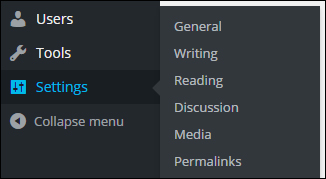
(WordPress admin menu – Settings)
General Settings
Sections like Site Title and Tagline can influence your site’s SEO, search results, etc …
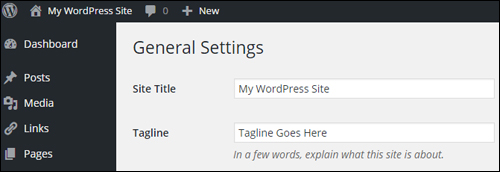
(Settings Menu – General Settings Section)
Writing
The Writing Settings area contains one of the most powerful and frequently overlooked automated traffic notification systems available to WordPress site owners …
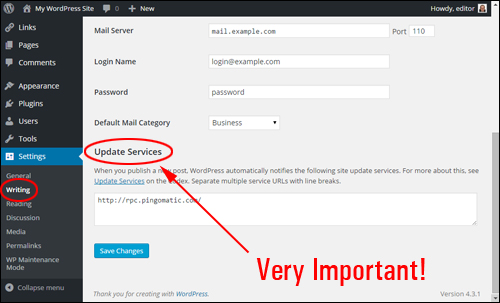
(Global Settings – Writing Settings Area)
As described in the Update Services section,
When you publish a new post, WordPress automatically notifies the following site update services …
Unless you have specifically chosen to discourage search engines from indexing your site – see next section, then your site will automatically ping the list of services entered into the Update Services section
With an ‘out of the box’ WordPress installation, only one service is listed …
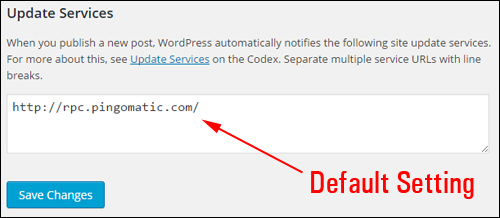
(Update Services – A Powerful Traffic Feature Of WordPress)
You can notify dozens of update services automatically with WordPress …
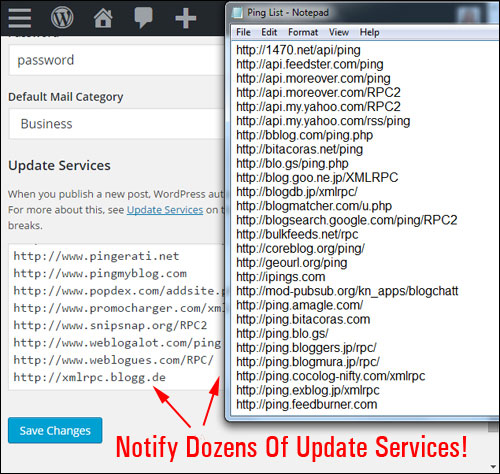
(WordPress lets you notify dozens of update services automatically!)
![]()
Download A Comprehensive List Of Ping Services For Your WordPress Site!
Click the link below to download a comprehensive list of reliable and authoritative ping services for your WordPress site or blog:
Download A List Of Ping Services For Your WordPress Site
***
Note: If you need help setting up the list of ping services on your site, we recommend using a professional web services provider. You can find professional WordPress service providers in our WordPress Services Directory.
Reading Settings
This section affects how your content gets seen by readers when they visit your home page and blog pages.
The syndication settings in this section can influence web traffic. For example, your choice to display the full content vs summaries of your post, affects how your content appears in RSS readers and RSS email campaigns, and could affect someone’s decision to explore your site further, and whether or not they will visit your site to view the rest of the content from a partial feed, or read the content in full without the need to click through to your site.
As far as traffic is concerned, however, the main setting here is whether the Search Engine Visibility feature is enabled or not.
Typically, you want to encourage search engines to visit your site. Leaving this box unchecked allows WordPress to instantly ping all the update services you have listed when new posts get published (see Writing Settings above). Unless you have a specific reason to discourage search engines from visiting your site, do not check this box …
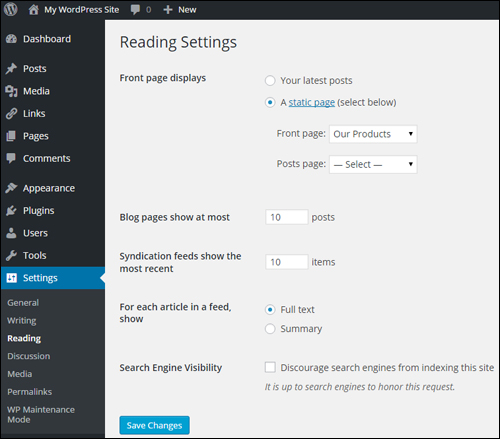
(WordPress Settings – Reading Settings Screen)
Discussion
Although the settings in this section are mostly concerned with how users engage with content on your site, you have the option to allow notifications to sites linked to from your posts, and to allow link notifications from other blogs (pingbacks and trackbacks). This can work for you, but it can also drive bad traffic in the form of SPAM comments …
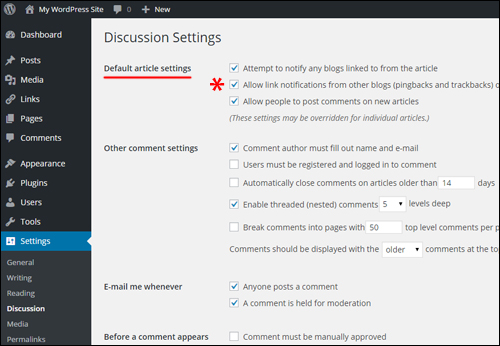
(Global Settings – Discussion Settings)
Permalink Settings
Permalinks allow you to create SEO-friendly URLs …
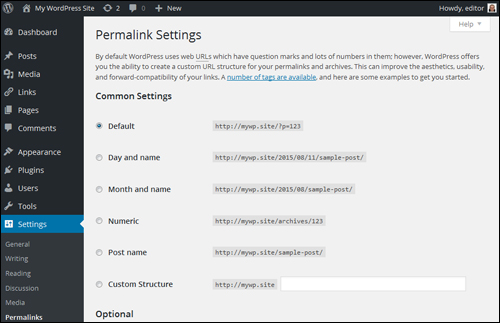
(WordPress Settings – Permalink Settings)
Here are some of the options for configuring your SEO-friendly URLs …
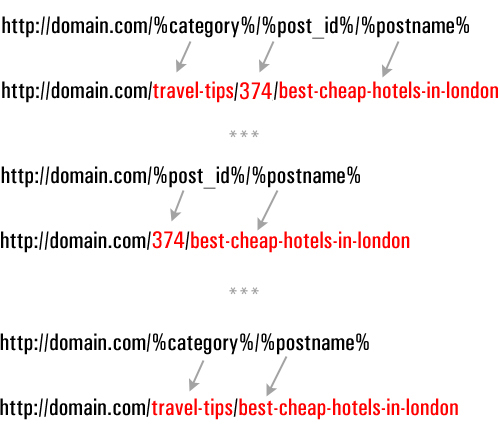
(Configuring permalinks)
To learn more about setting up WordPress permalinks, go here: Using Permalinks To Improve Your WordPress SEO
WordPress Plugin Settings
The WordPress developer community makes available thousands of plugins that can add just about every type of functionality imaginable to your site, including traffic generation.
Here are examples of plugin categories and plugins that can help to bring more visitors to your site
Blog Defender WordPress Security Plugin
Once again, it’s important to configure your website for handling both good traffic and bad traffic. No website is completely safe from being attacked.
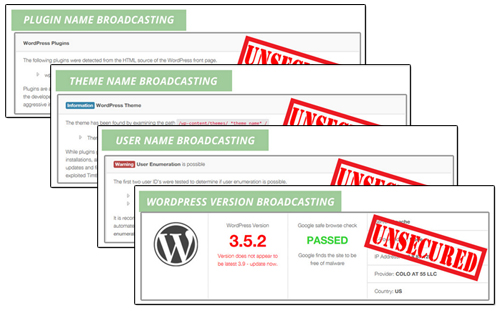 (WordPress Security Plugins stop bad traffic from harming your web presence)
(WordPress Security Plugins stop bad traffic from harming your web presence)
Security plugins like Blog Defender help to make your blog invisible to attacks from hackers and botnets.
More information:
WordPress SEO Plugins – Yoast SEO
WordPress SEO plugins help drive traffic by making your website more search engine friendly …

(Yoast SEO – WP Plugin)
Use a plugin like Yoast SEO (previously known as WordPress SEO by Yoast) to improve your SEO. Properly configured, the Yoast SEO plugin not only makes your web pages easier for search engines like Google and Bing to find and index, it allows you to configure how your content will show up in Google’s search results and social media pages, e.g. Facebook, Twitter, and Google+.
WordPress Social Plugins
Allowing your visitors to easily share your content online can help drive more traffic to your site, especially if you publish content that adds real value to readers.

(WordPress users can easily add social sharing to their website with WordPress plugins)
WordPress users can easily add social sharing buttons to their site using free or inexpensive WordPress plugins.
Most social plugins let you specify which social sites visitors can share your content to, embed social buttons into your content, set up custom notifications, display/hide share counters (e.g. number of likes), etc. Some plugins even allow you to set up protected content sections on your pages which users can unlock by sharing your page.
Configuring WordPress Traffic Generation Theme Features
As well as configuring various plugins, many WordPress themes also include features that can help grow your traffic.
For example, as well as options and settings for configuring design and layout elements of your site, some themes also give you built-in features that let you improve SEO and site navigation structure for better indexing, easily add tracking, social sharing buttons, etc …

(Many WordPress themes allow you to configure settings for better traffic results)
With many themes, adding social sharing buttons and features to your site is as easy as selecting the option to enable this functions …
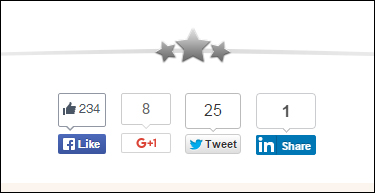
(Many WordPress themes come with built-in social sharing features)
Configuring Other WordPress Areas
Last (but by no means least) in the web traffic system configuration process, are the areas that need to be set up outside of the global settings.
These include:
Compliance Pages
Once again, when preparing your website for a growth in visitor numbers, it’s important to plan not only for both good and unwanted traffic but also for all the things that can go wrong as more and more people start finding and visiting your website.
If you do business online, you need to make sure that your website remains compliant with all legal requirements.
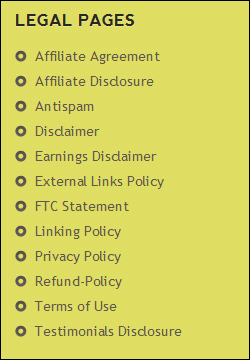 (Is Your Website Or Blog Legally Compliant?)
(Is Your Website Or Blog Legally Compliant?)
For a detailed article on how to quickly add legal pages to your WordPress site, refer to this article:
WordPress Tags & Post Categories
Categories & post tags help search engines index your website, which helps you get more traffic.
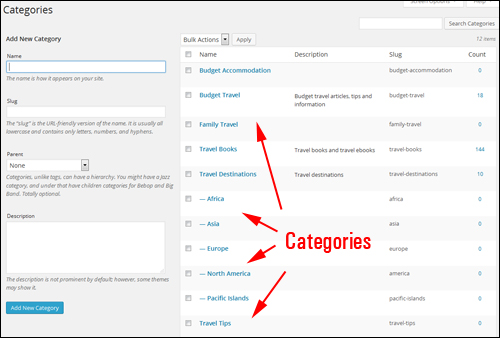
(Post categories help to improve your site’s search optimization, which improves traffic.)
As we recommend in this article, it’s best to review and set up your site’s tags and categories earlier on, during the Website Planning Stages.
When configuring your website to automate and improve traffic, you will want to review and make sure that your site’s post tags and categories have been correctly set up to deliver optimal results.
Add A Site Map To Your WordPress Site
A visitor site map that displays all of your site’s pages and posts is not only a useful navigation tool for users, it can also help external sites find your site’s content …
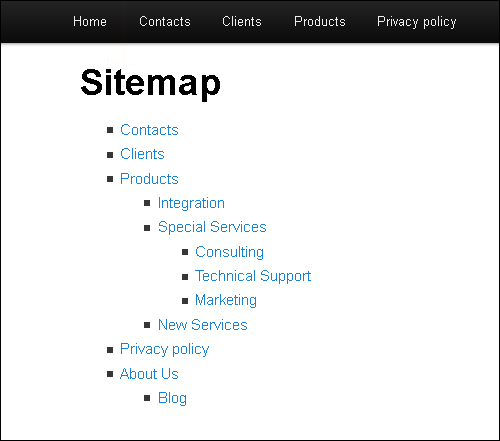
(A site map is not just great for visitors, but for web traffic too!)
![]()
Note: An HTML site map and an XML sitemap are not the same thing. Although search engines like Google can index your site just from an XML sitemap (which a plugin like Yoast SEO can provide – see earlier section), making it easier for visitors to find more pages on your site results in increased traffic.
Configure Your 404 Page
When visitors searching for your website enter the wrong URL into their web browser or click on a hyperlink pointing to a page on your site that no longer exists, they will typically be greeted with a 404 page …
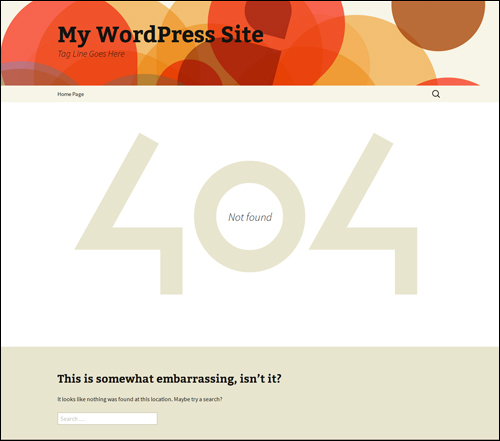
(A WordPress 404 Page)
A 404 page can be turned into a useful source of traffic to your functional web pages …
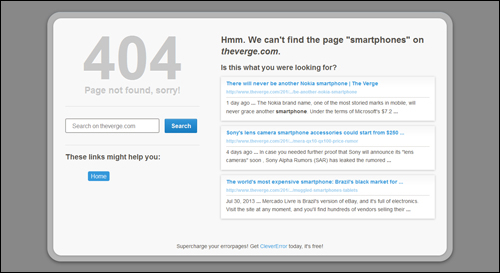
(Configuring your 404 Not Found page allows you to recover web traffic that may otherwise be lost.)
![]()
Although a 404 page can be set up in your web server, there are WordPress plugins that let you easily configure your 404 page inside your WordPress dashboard.
WordPress Traffic System: Configuration Process – Summary
Once you have your site expertly configured and fully set up, all you have to do then to drive web traffic is publish fresh content on a consistent basis.
The process of expertly configuring a WordPress site, however, can be quite involved , requiring the configuration and integration of various components and external web properties …

(Traffic System – Configuration Checklist)
![]()
The kind of expertise involved in expertly configuring a WordPress site typically takes many website developers a long time to acquire.
Once you have expertly configured your WordPress site, the next step is to automate the process. This step is covered in the next article in our WordPress Traffic Automation System series.
This is the end of Section 3
To continue reading about this topic, click on the link below:
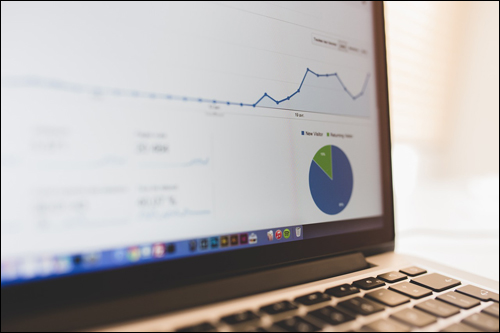
![]()
This tutorial is part of a comprehensive tutorial series designed to help you learn how to grow your business online with a WordPress-powered website and proven marketing methods that are easy and quick to implement.
Would You Like To Get Automatically Notified When New WordPress Tutorials Are Published? Then Subscribe Using The Form Below!
***
"I am beyond impressed with what you have put together. I can tell that you put a ton of hard work into building what you have. You have the absolute best content on WordPress I have ever seen!" - Robert T. Jillie
***
